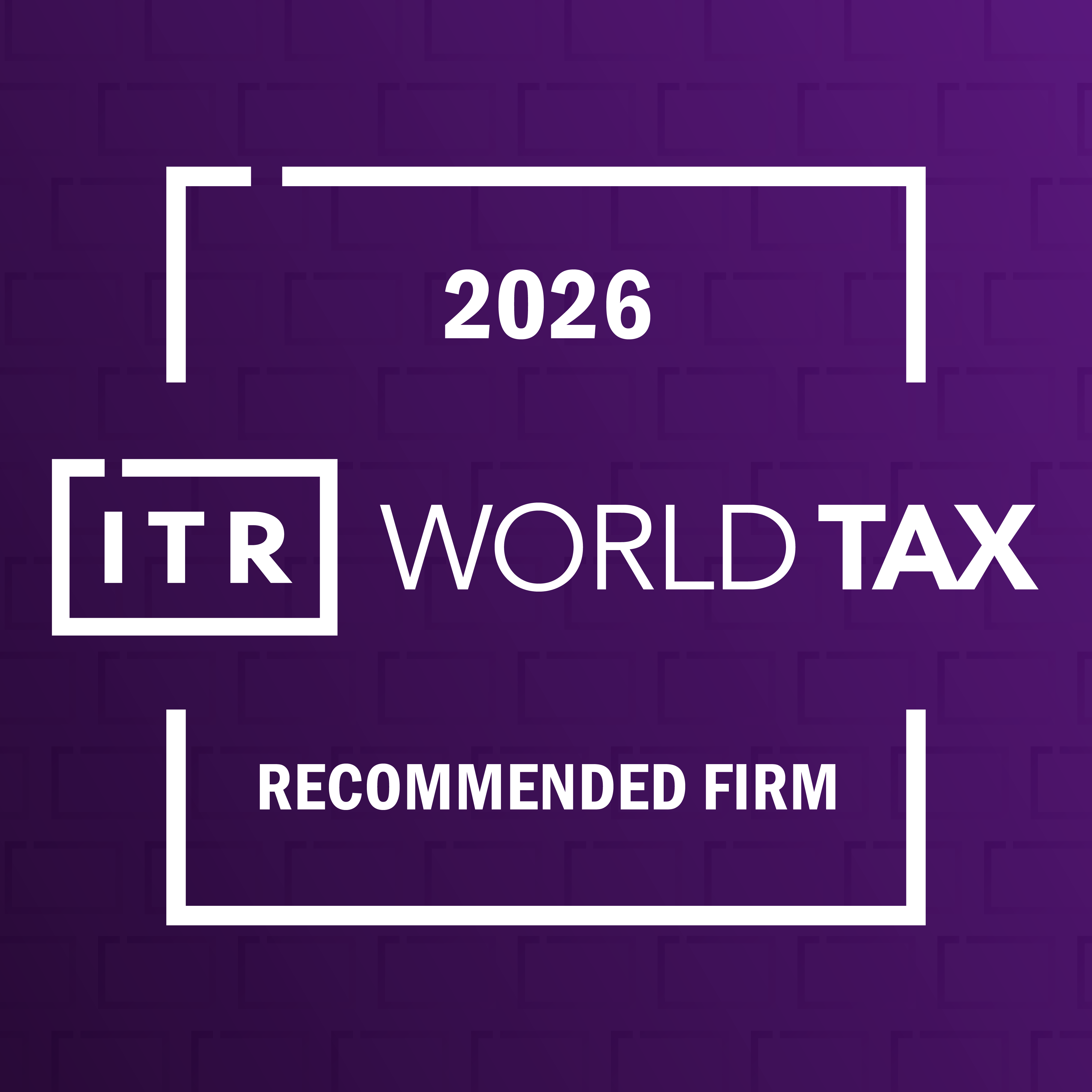When the Global Minimum Tax Impacts Commercial Financial Statements
Zulhanief Matsani,

The Global Minimum Tax (GMT) is not solely about tax compliance. This regulation, based on a multilateral agreement between countries, also impacts corporate obligations in preparing commercial financial statements.
In Indonesia, GMT is regulated not only under Minister of Finance Regulation (PMK) No. 136 of 2025, but also under Indonesian Financial Accounting Standards (PSAK), the national framework for preparing corporate financial reports. Specifically, it is addressed in the amendment to PSAK 212 on Income Tax.
In essence, under the GMT framework, no country may apply a corporate tax rate lower than 15% to certain multinational enterprises. If a jurisdiction does, the enterprise may be subject to a top-up tax in a country that applies the GMT.
Indonesia is among the countries that have ratified this through PMK 136/2025, which has also been recognized by the OECD as a Qualified Domestic Minimum Top-up Tax (QDMTT) status.
READ: Indonesia Officially Gains Qualified Status for Global Minimum Tax, Here Are the Implications!
About the Amendment to PSAK 212
PSAK 212 is a financial accounting standard specifically related to Income Tax. This standard has undergone four amendments to date.
In its fourth amendment, issued on December 1, 2023, the Indonesian Financial Accounting Standards Board (DSAK) of the Institute of Indonesia Chartered Accountants (IAI) began incorporating elements of international tax reform, specifically, the Pillar Two provisions of the Global Anti-Base Erosion (GloBE) Rules, which introduce a 15% Global Minimum Tax (GMT).
The adoption of the Pillar Two provisions was also made to align PSAK with the International Accounting Standards (IAS), which have also been updated to accommodate the GMT. Specifically, this alignment is reflected in IAS 12.
Under PSAK 212, if a multinational enterprise, whether the parent or a subsidiary entity of a group, meets the GMT threshold, it must disclose this in the notes to the financial statements. The disclosure should include a statement indicating whether the company falls within the scope of the GMT or outside its scope.
In addition to disclosing the scope, the company must also disclose the monetary impact of the Pillar Two rules. For instance, if the company’s Effective Tax Rate (ETR) is calculated to be below 15%, it is required to recognize a provision (reserve) for the estimated top-up tax payable.
READ: Understanding DMTT, The GloBE Rules’ Additional Tax That Benefits Indonesia
Earlier Implementation
Interestingly, although PSAK 212 was developed to align with the Global Minimum Tax (GMT) provisions, its implementation actually comes earlier than the GMT regulations in Indonesia.
Several companies in Indonesia have even disclosed whether they are subject to the GMT as early as their 2024 financial statements, even though the GMT rules in Indonesia will only take effect in 2025.
The challenge now is that companies covered under the GMT regime not only need to make disclosures but also start calculating potential top-up tax in their audited financial statements.
It should be noted that the payment deadline for the top-up tax remains 12 months after the fiscal year-end, and the filing deadline for the Global Minimum Tax return. For the first year, the GMT return filing deadline is 18 months after the fiscal year-end.
Disclosure Requirements under PSAK 212
The amendment to PSAK 212 not only emphasizes that multinational companies must disclose whether they fall under the GMT regime, but also provides detailed guidance on how information related to Pillar Two Income Tax should be recorded and presented in financial statements.
This standard applies to income taxes arising from tax laws that have been enacted, or substantively enacted, to implement the Pillar Two model rules issued by the OECD. This includes tax regulations governing the QDMTT, referred to in PSAK as the rules of Pillar Two and Pillar Two Income Tax.
READ: Guidelines for Adjusting GloBE Profit or Loss Under PMK 136/2024
However, as an exception, entities are not required to recognize or disclose deferred tax assets or liabilities related to Pillar Two Income Tax. Instead, companies are required to make the following disclosures:
1. Application of the exemption
Entities must explicitly state that they are applying the exemption from recognizing and disclosing deferred tax assets and liabilities related to Pillar Two Income Tax (Paragraph 88A).
2. Disclosure of current tax expense
Current tax expense or income arising from Pillar Two Income Tax must be disclosed separately (Paragraph 88B).
3. Exposure to Pillar Two
During the period when the Pillar Two legislation has been enacted but not yet effective, entities are required to provide both qualitative and quantitative information that helps financial statement users understand the company’s exposure to these provisions (Paragraph 88C).
4. Flexible form of information
The information presented does not need to fully reflect the detailed requirements of the Pillar Two legislation. Companies may provide estimates in the form of indicative ranges. If the information is not yet available or cannot be reasonably estimated, companies must disclose a statement to that effect and explain the progress made in assessing their exposure (Paragraph 88D).
With these provisions, financial statements serve not only as administrative documents but also as instruments of transparency, demonstrating the company’s readiness to face the implications of the Global Minimum Tax (GMT).
Conclusion
The implementation of the Global Minimum Tax (GMT) has positioned commercial financial statements as a vital tool to ensure corporate compliance with international tax regulations.
With the amendment to PSAK 212 explicitly regulating disclosure obligations related to Pillar Two, companies can no longer take financial reporting lightly in the context of GMT.
Therefore, multinational companies need to prepare several strategic measures, including:
- Mapping GMT coverage to determine whether the company falls under the global minimum tax rate provisions.
- Adjusting accounting and reporting systems to ensure transparent information that complies with PSAK 212 and IAS 12 standards.
- Calculating potential top-up tax early, so that it can be anticipated in audited financial statements and avoid unexpected tax burdens later on.
- Enhancing coordination between tax and finance teams, particularly in preparing notes to financial statements related to GMT coverage and impact estimation.
- Leveraging technology and professional consultation,n both in accounting and taxation aspects, to ensure a smooth and efficient transition toward GMT compliance.
By taking these steps, companies can not only meet the formal requirements under PMK 136/2025 and PSAK 212 but also maintain credibility in the eyes of auditors, regulators, and investors.
Ultimately, the readiness to prepare financial statements in line with GMT requirements will determine how well a company can compete in an increasingly transparent global market. (ASP/KEN)
Disclaimer! This article is a personal opinion and does not reflect the policies of the institution where the author works.


